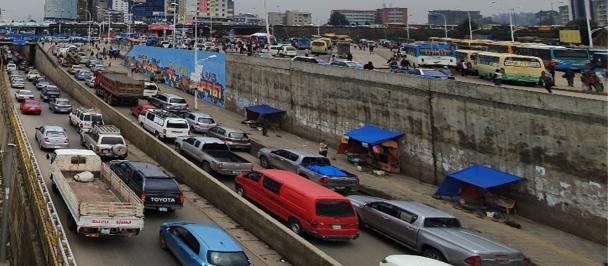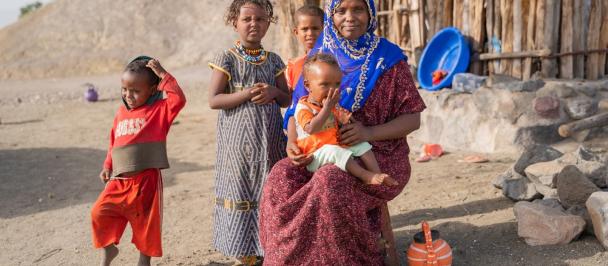Building resilient livelihoods
Ethiopia's insurance landscape and opportunities for risk financing
June 27, 2023
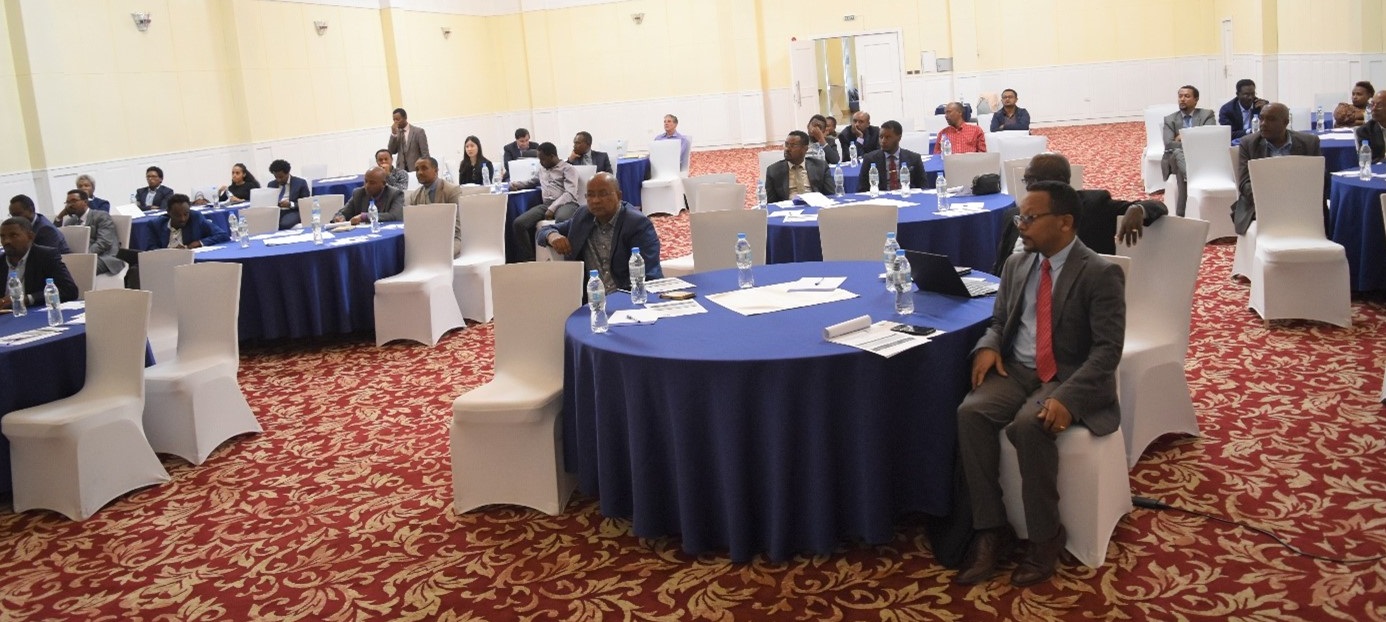
Ethiopia’s economy and households are exposed to the impacts of disaster shocks, with women and girls being disproportionately affected. Droughts, floods, and related food insecurity are the primary drivers of disaster response costs, and the number and magnitude of these drivers are projected to further increase, as average temperatures and periods of extreme rainfall are projected to increase by the end of the century (World Bank). To respond to disaster shocks, Ethiopia is largely reliant on ex-post financing—primarily official development assistance (ODA) and humanitarian appeals, budgetary reallocations, and emergency borrowing.
Between 2005 and 2016, Ethiopia’s average humanitarian response plan was estimated to account for 1.3 per cent of GDP per year (Drechsler et al. 2017); between 2017 and 2021, the appeals ranged from US$844.5 million to US$2.8 billion (the latter representing 27 percent of the federal budget for FY2021/22), and 47–76 percent of these amounts were received (OCHA 2022).
Insurance and risk financing have a critical role to play in delivering the SDGs and building resilience by reducing vulnerabilities to socio-economic, climate, health and disaster risks. Insurance and risk financing provides a critical safety net protecting assets, lives and livelihoods from the impact of crises.
UNDP has launched a new flagship initiative in 2021 — the Insurance and Risk Finance Facility (IRFF), within its Finance Sector Hub, to support countries in policy advice, guidance, tools, methodologies & networks under the Tripartite Programme between UNDP, the German Government, and Insurance Development Forum.
In Ethiopia, the Accelerator Lab is engaged in the early-stage development of the project including exploring the ecosystem to develop a pre-diagnostic assessment, collective intelligence, and validation workshops with relevant actors. The ongoing diagnostic study which is being conducted by Milliman Insurance Center will recommend microinsurance solutions for Ethiopia that the lab will experiment with.
What we learned about inclusive insurance and risk finance in Ethiopia
UNDP Ethiopia piloted micro insurance in 2015 that covered 5,000 smallholder farmers supported by Global Environment Facility (GEF) and the Ministry of Environment, Forest and Climate Change in collaboration with two local firms, the Oromia and Nyala insurance companies. The agreement with the insurance companies is based on a weather index that looks at a threshold value for rainfall. If the rainfall is below the threshold, then the insurance company shall settle the payment. There were also other efforts made by different actors including the Agriculture Transformation Agency, World Food Programme (WFP) and the World Bank in similar initiatives.
Aside from this experience, the Accelerator Lab team explored the insurance and risk financing landscape in Ethiopia with a focus on the insurance market, law and supporting regulations, the insurance supervisor (regulator), and if there is an insurance association to represent the insurance companies. The team explored the significant natural and man-made catastrophic events that have occurred in the country in the last 20 years including specific geographical features that present risks and specific areas of the country more prone to catastrophic.
From the disaster risk financing strategy perspective, we looked at what government policies and strategies are in place for disaster risk management and/or financing, and if there are there any donor-funded or government programs in place to support these policies. And if the government piloted risk finance approaches. Below are key insights from the pre-diagnostic and stakeholders’ engagement workshop.
Eighteen insurance companies which provide both life and non-life insurance service. Of the total branches, about 54.6 percent of the total insurance branches were situated in Addis Ababa and 85.8 percent are private insurance companies. In 2021, 1 new reinsurance service provider, Ethiopian Reinsurance S.C, joined the market. International insurance companies are not operating in Ethiopia since the national policy does not allow for foreign insurance companies. But one insurance company called African Reinsurance Corporation is pending a license to join the market.
Currently, few insurance companies including the state-owned Ethiopia Insurance Corporation (EIC) provide micro-insurance which has been practised in Ethiopia over the past decade. The implementations had been under shorter-term programs that have never been taken to scale and no regulatory/policy-level advocacies were successfully undertaken. The micro-insurance initiatives have been approached differently by different donors and there has also been a disintegration between the partners in the sector.
Previous practices have shown important lessons such as the need for sustainable micro-insurance initiatives tailored with feasible designs and clear exit strategies. The commercial aspect of agricultural micro-insurance needs to be developed beyond project-based approaches so that the initiatives could be sustainable beyond the donor support. In addition, a huge investment is needed in financial literacy.
Besides the commercial and development aspects of the microinsurance initiative, high-level policy advocacy engagements are required. So far, preliminary assessments indicated that there are few policies level that supports developing a National Micro Insurance Policy, while there are comprehensive national disaster management strategy and policy.
The 2013 National Disaster Risk Management (DRM) policy provides a comprehensive framework for disaster prevention and management. It includes general directions and major implementation strategies, including a decentralized DRM system, early warning and risk assessment, information management, capacity building, and integration of disaster risk reduction into development plans. Most of the external development assistance for Disaster Risk Reduction (DRR) comes from bilateral donors.
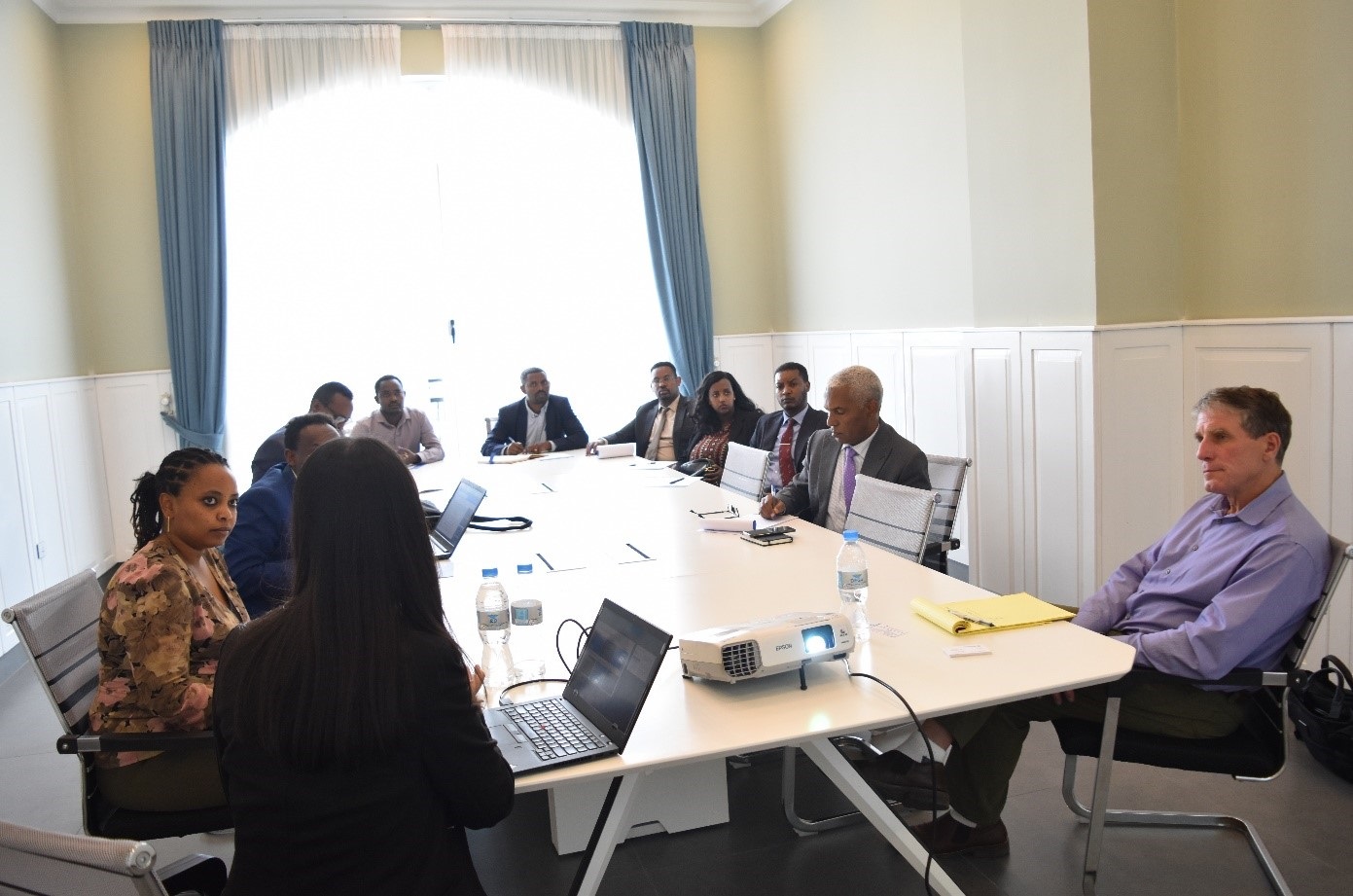
What is next?
As one of the countries selected for this initiative, Ethiopia will benefit from the Insurance Development Forum and ten of the world’s largest insurance and reinsurance companies in building risk financing solutions for critical countries.
Here, the industry provides technical assistance in developing financial solutions, and UNDP supports the industry through convening and stakeholder management, institutional and government reform, and the integration of risk financing into government decision-making.
Milliman Micro Insurance Centre is conducting a diagnostic study on inclusive insurance and disaster risk finance and assessing the current state of the insurance and finance sectors, which recommends solutions for Ethiopia and informs the next steps of the project. The findings and outcome of the study, including recommendations for UNDP and other stakeholders to address gaps and challenges, will be shared in July 2023. The lab will be liaising the connection with the country office and experimenting with the suggested insurance solutions.
We look forward to sharing key learnings and insights about the innovative insurance products that we have come up with within the program. If you are interested in this topic and have any ideas or suggestions, we would love to hear from you through ethiopia.acclab@undp.org.
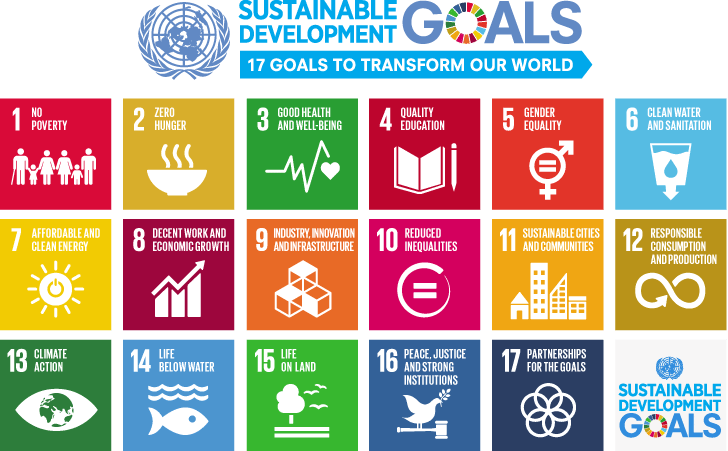

 Locations
Locations